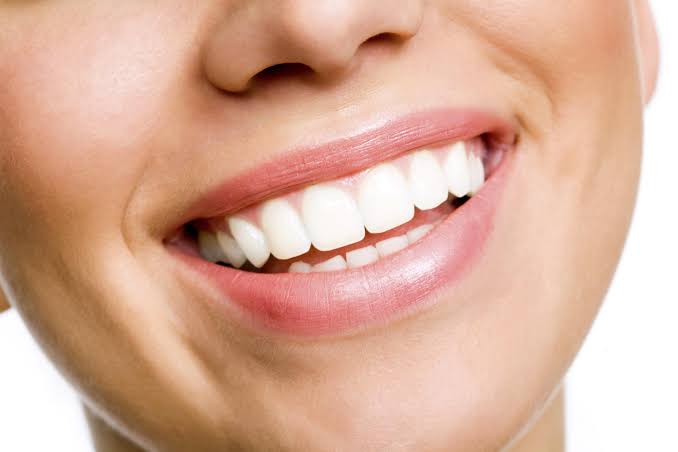Different types of teeth whitening options are becoming more and more popular these days. While your teeth are white overall, their enamel can come in different shades and become discolored over time. There are different reasons your teeth can become stained or discolored. Some of these reasons are in your control while others result from an illness or injury. If you are thinking about teeth whitening, ensure you know the facts about this process and what you can expect. Also, check with a Suncreek dental group dentist to ensure you are a good candidate for teeth whitening. Also, a dentist can educate you about the best whitening method based on your specific situation.
Why Your Teeth Can Discolor
Eventually, your teeth may change in color. This can take place for different reasons like the following:
- The food and beverage you consume. Red wine, coffee, and tea are major teeth-staining culprits. They have intense color pigments that attach to your teeth’s outer part, causing staining or discoloration.
- Tobacco use. Tobacco contains nicotine and tar that result in tough teeth stains. Tar is dark and contributes to staining. Although nicotine is colorless, it can turn yellowish when mixed with oxygen.
- Age. The dentin in your tooth is yellow in nature. Eventually, the enamel of your teeth gets thinner, resulting in more of the dentin showing through it.
- Trauma. A mouth injury can cause your teeth to change color. This happens since the teeth doe not get enough blood flow. This tooth may heal or die over time.
- Medications. Certain antipsychotics, antihistamines, and high blood pressure medicines can darken your teeth. Young kids exposed to antibiotics such as doxycycline and tetracycline during the formative years of their teeth may have teeth discoloration in adulthood.
What to Expect from Teeth Whitening
The teeth whitening process is quite straightforward. Depending on the produce you use and whether you prefer at-home or professional whitening, the steps tend to vary. Every teeth whitening product contains carbamide peroxide or hydrogen peroxide. Such ingredients break tooth stains into tiny pieces and minimize color concentration, making your teeth brighter.
It’s important to keep in mind that teeth whitening doesn’t work on all teeth. Thus, you should consult with your dentist to identify the suitable procedure for your teeth. Some whiteners don’t correct all kinds of discoloration and staining. Additionally, whitening will not work on crowns, fillings, veneers, or caps. Bleaching won’t be effective if the discoloration is a result of trauma or medication.
Your Teeth Whitening Options
When it comes to at-home whitening and professional whitening, you have many options to choose from. Consult your dentist before starting any whitening treatment. Below are teeth whitening options you can explore:
- Whitening toothpaste. This product works by getting rid of stains on your teeth surface. But they may not whiten your teeth as obvious as chemical products.
- At-home whitening. You can purchase at-home teeth whitening kits in stores or at your dentist’s office. Kits include whitening strips, brushes, rinses, lights, and trays. Often, they contain peroxide, which lighten your tooth enamel.
- Professional whitening. This procedure is performed at your dentist’s office. It is stronger than other whitening options since they involve the use of more peroxide in its solution. This procedure can change your teeth’s color faster than at-home solutions. The procedure usually takes around one hour. To protect your mouth from the peroxide, the dentist will cover your mouth with rubber or protective gel. Sometimes, dentists may use a laser or light along with the peroxide.
If you are interested in professional teeth whitening, schedule a consultation with a dentist. Your dentist can help determine the best whitening method for you.
Stay in touch to get more news & updates on Hintin Sider!




